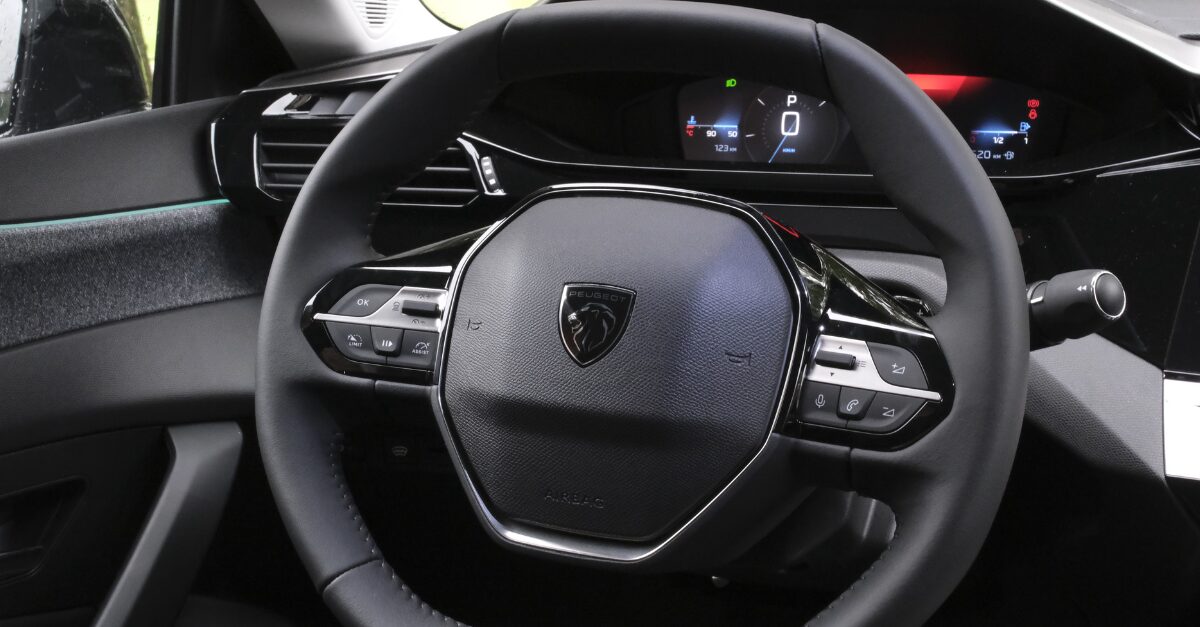
The GSR2, or General Safety Regulation, introduces numerous new vehicle safety requirements that manufacturers must meet. The new regulations require car manufacturers to equip every new vehicle with at least 20 innovative safety systems and features. These changes apply to all new vehicles offered in the EU and UK markets. Read on for details of these regulations.
What is the GSR2 Regulation?
The GSR2 Regulation sets out the requirements for:
- type-approval of vehicles and their systems, components and separate technical units with respect to the safety of drivers, passengers and other road users,
- type-approval of vehicles with regard to tyre pressure monitoring systems, fuel efficiency and CO2 emissions,
- type-approval of newly manufactured tyres with regard to safety and environmental performance.
All new vehicles, whether they are placed on the market, registered or put into service, as well as all new systems, components and separate technical units that are placed on the market or put into service, shall be duly approved in accordance with the requirements of the GSR2 regulation.
Manufacturers are also to ensure that vehicles, systems, components and separate technical units meet the detailed technical requirements and comply with the test procedures set out in delegated acts. In addition, they must comply with the uniform procedures and technical specifications laid down in implementing acts under the Regulation, including, but not limited to:
- restraint systems, crash tests, fuel system integrity and high-voltage electrical safety,
- protection of vulnerable road users, visibility and visibility,
- vehicle chassis design, braking system, tyres and steering,
- on-board instrumentation components, the electrical system, vehicle lighting and protection against unauthorised access, including cyber attacks,
- driver behaviour and systems operation,
- the general construction and features of the vehicle.
Mandatory technologies include:
- automatic emergency braking (AEB),
- Lane Departure Warning System (LDWS),
- Speed Adaptation Assist (SAA),
- occupant protection in the event of a side impact,
- electronic stability control (ESC).
What is the aim of the GSR2 regulation and when will it be introduced?
The aim is to reduce road casualties as much as possible. This follows on from the previous GSR1 regulation, which was introduced in July 2022, imposing a mandatory ‘approval list’ for brand new car models. Now this list, also known as the ‘registration list’, will also be extended to older models that have been in production for several years. Although vehicle prices may increase, experts believe that the additional equipment will bring real benefits to owners. Adding these new features to some car models is proving uneconomical, so manufacturers prefer to withdraw a particular model from the range and replace it with a completely new one.
The mandatory equipment regulations for all new vehicles will come into force on 7 July 2024. According to the European Commission, the GSR2 directive can:
- reduce road fatalities by 20%,
- reduce the number of serious injuries by 10%.
The GSR2 Directive is an important step forward for road safety in Europe. It will improve the protection of drivers, passengers and other road users.





